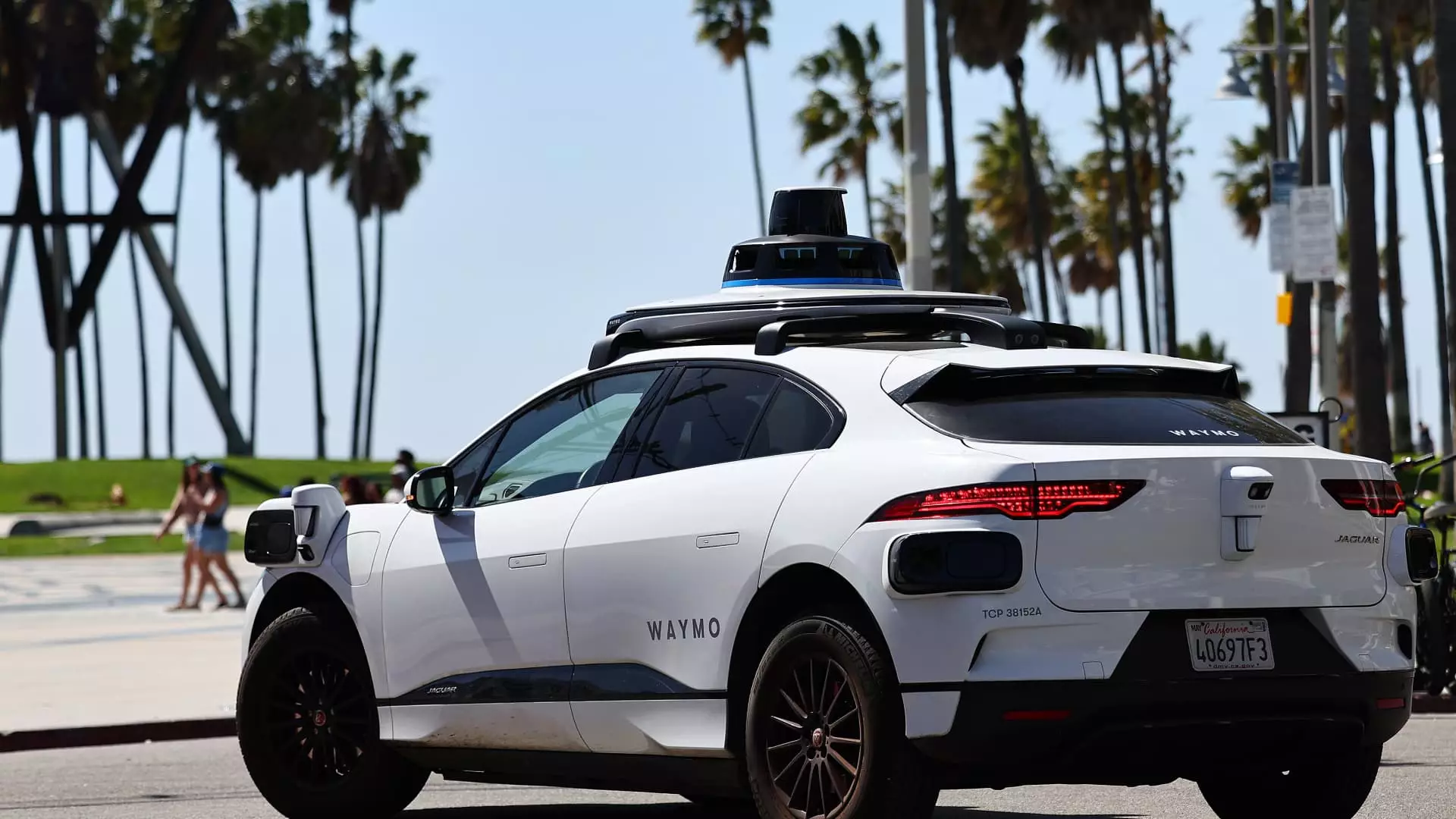In recent years, the landscape of transportation has been transformed by advancements in autonomous vehicle technology. A significant player in this field, Waymo, has recently made headlines by securing $5.6 billion in funding aimed at expanding its robotaxi services beyond its current operational hubs in Los Angeles, San Francisco, and Phoenix. As a subsidiary of Alphabet, Waymo not only benefits from robust financial backing but also stands at the forefront of commercial autonomous vehicle deployment.
Waymo’s series C funding round was spearheaded by its parent company, Alphabet, along with notable investors such as Andreessen Horowitz, Fidelity, and T. Rowe Price. This latest capital injection brings the total funds raised by Waymo to over $11 billion, highlighting the significant investor confidence in its business model and technology. As co-CEOs Tekedra Mawakana and Dmitri Dolgov articulated in a statement, the funding is earmarked for enhancing the Waymo Driver, which forms the backbone of their ride-hailing service.
The ambitious plan includes the expansion of the Waymo One service, currently operational in key metropolitan areas. The addition of cities like Austin and Atlanta through a partnership with Uber illustrates Waymo’s strategy to broaden its geographical footprint. This move not only signifies an essential growth phase but also positions Waymo in direct competition with other companies in the self-driving sector.
While numerous companies are testing autonomous vehicles on public roads, Waymo maintains a distinctive edge by offering a commercially operational robotaxi service. With more than 100,000 rides per week across major cities, Waymo has set a high standard compared to competitors like Cruise and Tesla. The latter has announced plans for its own driverless ride-hailing service; however, it is still reliant on partially automated systems requiring human drivers.
Waymo’s robotaxi services have garnered favor among passengers expressing safety concerns about traditional ride-sharing methods. The appeal of an autonomous vehicle, which offers a consistent experience devoid of human unpredictability, has resonated with various demographics, particularly among women and parents. This emphasis on safety and reliability positions Waymo favorably in a market that is, as of yet, skeptical regarding the adoption of driverless technologies.
Despite its pioneering achievements, Waymo faces significant challenges that accompany the adoption of autonomous vehicles. A Pew Research Center survey found that nearly two-thirds of respondents expressed reluctance to use driverless vehicles, indicating that societal acceptance remains a major hurdle. Safety remains a paramount concern as well, particularly after incidents involving other companies’ autonomous vehicles that have raised alarm regarding the reliability of this new technology.
Waymo claims that its vehicles experience considerably fewer crashes compared to human drivers, a statement supported by data analyzed by external experts. Nevertheless, the company has undertaken proactive measures, such as initiating software recalls to enhance the safety of its self-driving systems. Instances of malfunction, including vehicles blocking traffic or navigating incorrectly, still occur, but it’s worth noting that these incidents have not resulted in fatalities or serious injuries.
Rolling out the next generation of autonomous vehicles, Waymo is now deploying the Geely Zeekr, which comes equipped with its specialized sensors and AI technology dubbed the “Driver.” This move not only showcases the commitment to continuous technological innovation but also represents a strategy to equip its fleet with more advanced capabilities.
Waymo’s collaboration with Hyundai to add the electric Ioniq 5 to its robotaxi fleet signifies an awareness of the importance of sustainability in future transportation. The increasing emphasis on electric and environmentally friendly vehicles aligns with broader trends within the automotive industry and consumer expectations.
With a vision for expanding into regions with diverse weather conditions, Waymo’s testing of driverless vehicles in harsher climates like northern California and Michigan reflects a forward-thinking approach to geography and local infrastructure challenges. Such expansion could potentially place Waymo’s services on a global scale, ultimately serving markets that currently remain beyond the reach of its offerings.
Waymo’s recent funding achievement represents a pivotal moment in its trajectory toward redefining transportation through autonomous technology. By recognizing both the promising potential and the hurdles that lie ahead, Waymo is strengthened by its strategic partnerships, technological innovations, and commitment to safety. As the autonomous vehicle industry continues to evolve, the success or failure of Waymo’s expansion may well determine the future of how we perceive and utilize robotaxi services. The road ahead may be fraught with challenges, but Waymo’s ambitious vision positions it as a frontrunner in the quest for a new era of transportation.

